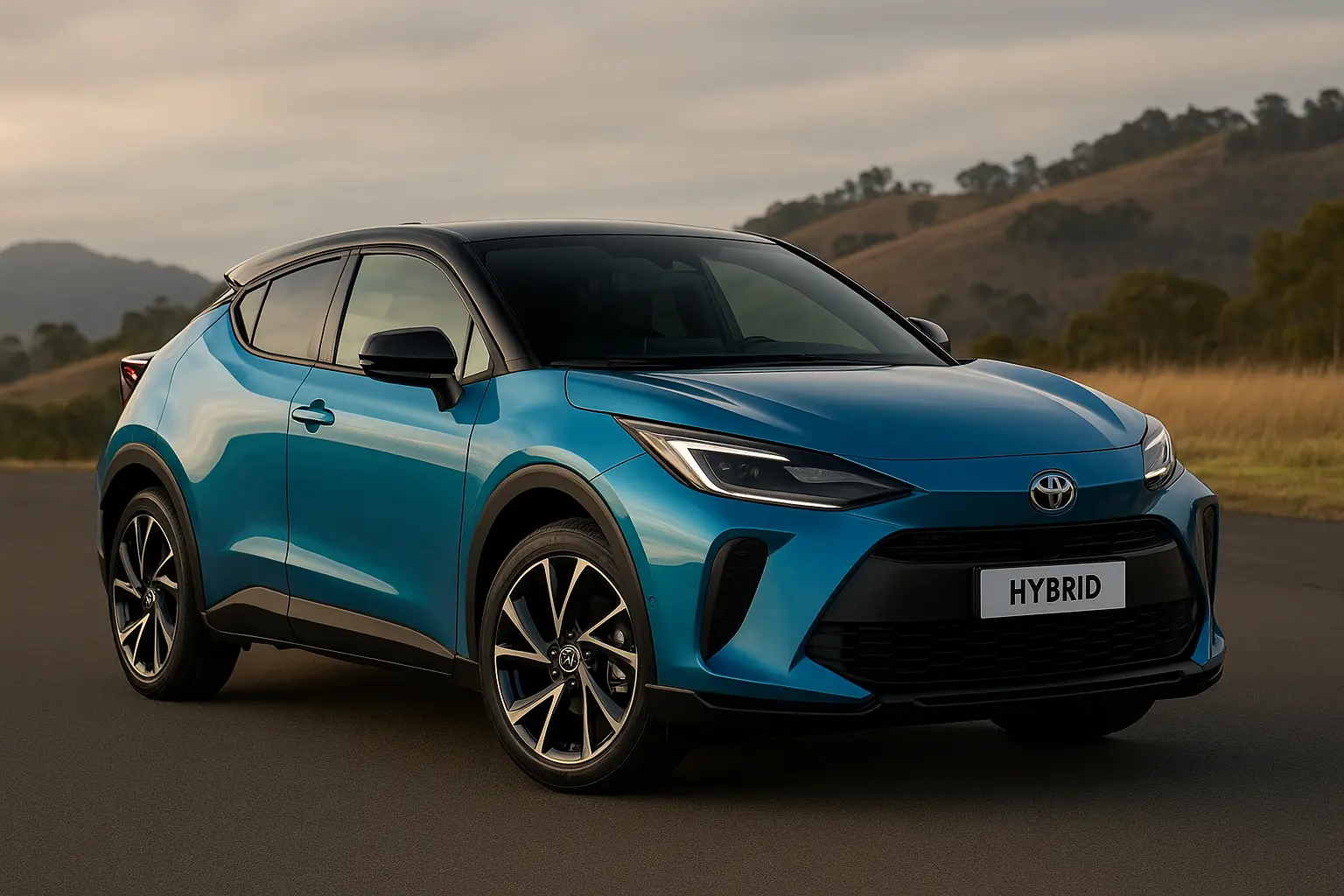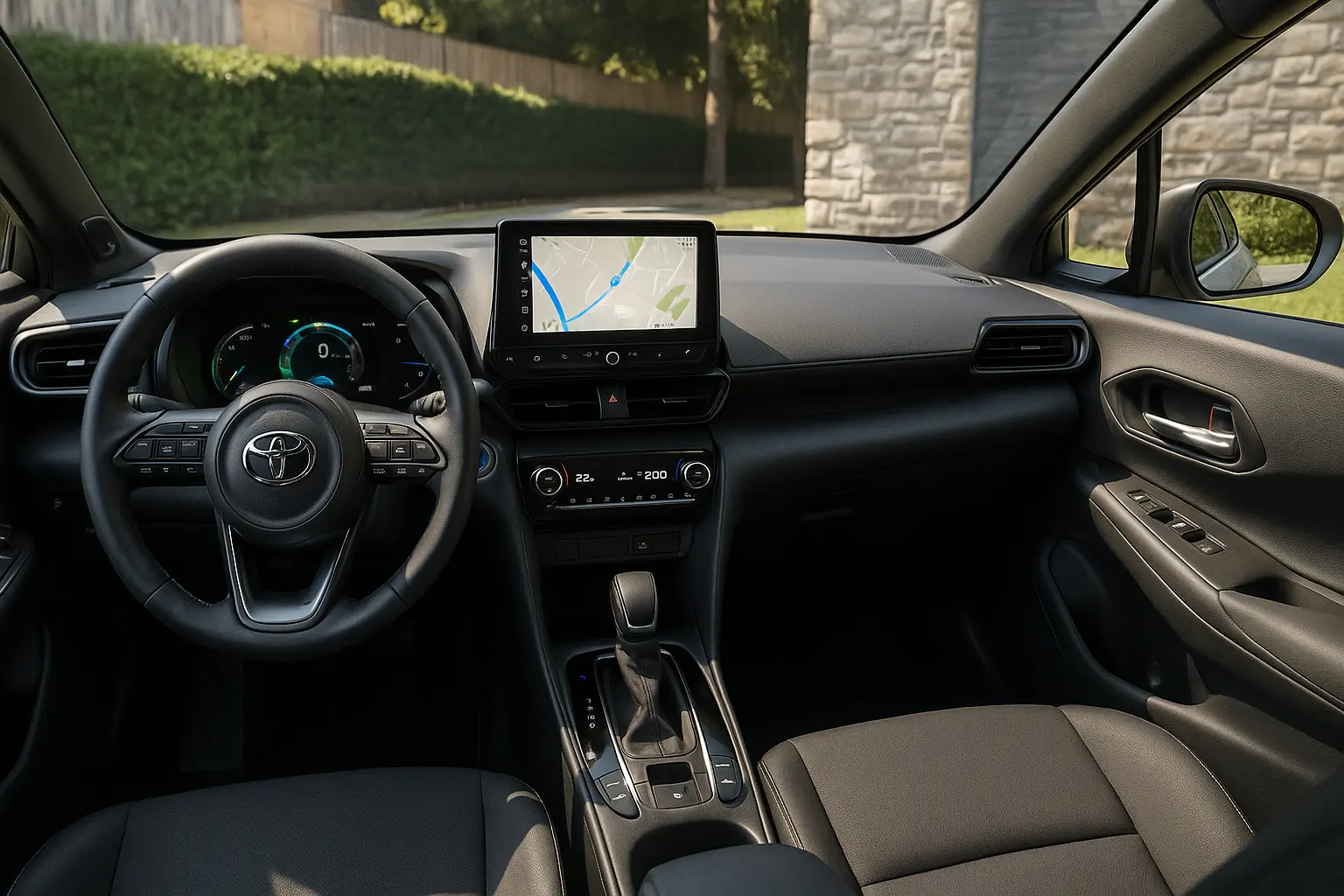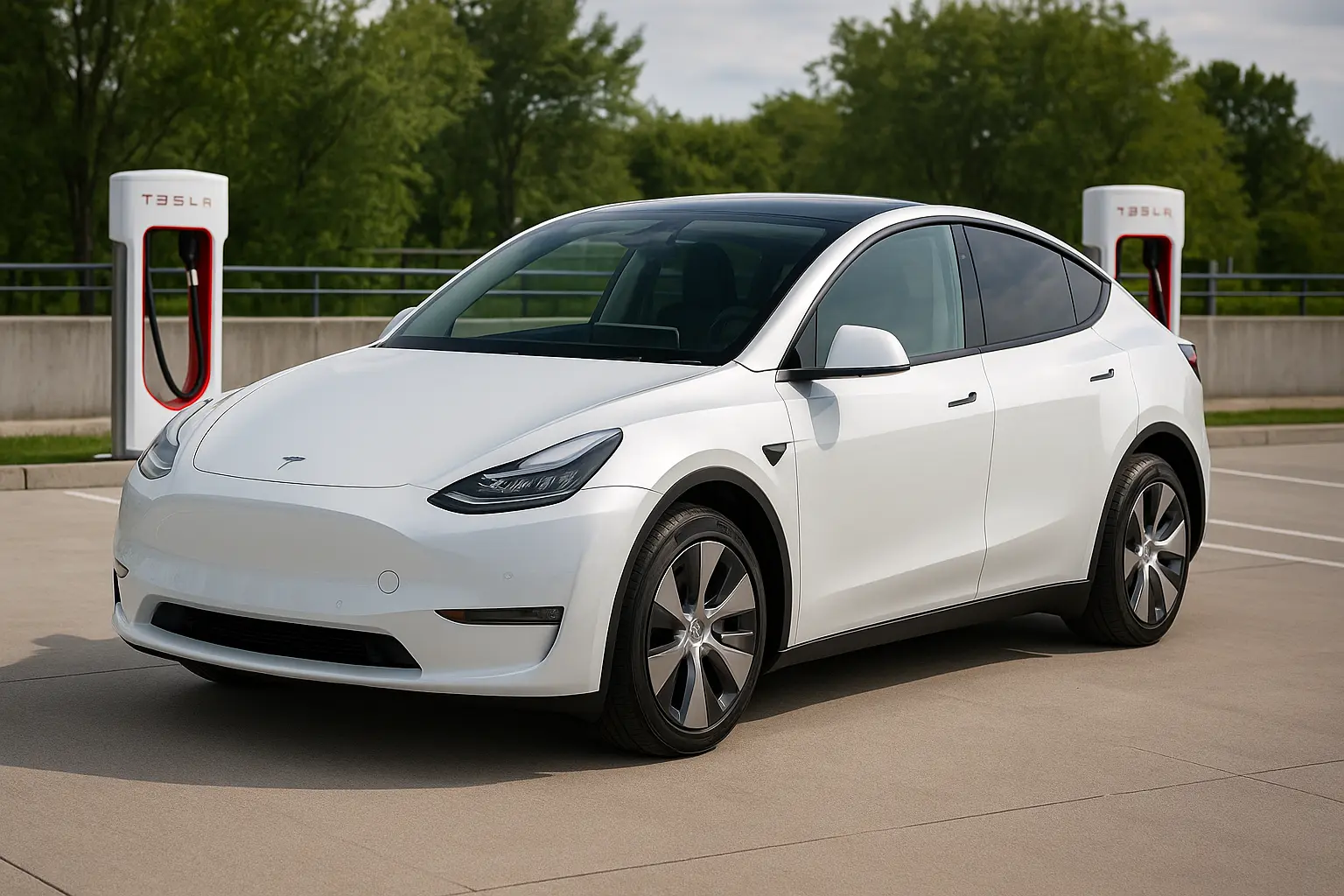The Toyota C-HR has always stood out in Australia’s compact SUV market. Known for its daring design and youthful appeal, it managed to blend urban practicality with the coupe-like styling that many buyers found irresistible. With the 2025 Toyota C-HR, Toyota takes a bold step further—introducing new hybrid powertrains, a more premium interior, upgraded tech, and sharper styling that’s unmistakably futuristic.
In this in-depth review, we’ll explore the 2025 Toyota C-HR from every angle—design, hybrid performance, driving experience, interior features, technology, safety, ownership costs, and how it stacks up against rivals in Australia’s competitive compact SUV space.

Exterior Design – A Bold Statement on the Road
The 2025 Toyota C-HR is not your average small SUV. Its coupe-inspired shape, aggressive front fascia, and sculpted rear continue the model’s tradition of turning heads. Toyota has leaned into its European design roots with a sharper, more aerodynamic silhouette.
Key highlights include:
Coupe-inspired roofline: Lower, sleeker, and more athletic than many boxier rivals.
Striking LED headlights and tail lamps: Slim, high-tech units with a distinctive light signature.
Two-tone paint options: Contrasting black roof combinations that emphasise its sporty vibe.
Aerodynamic sculpting: Functional air ducts, bold creases, and a wider stance for road presence.
Compared to the outgoing model, the 2025 version feels more futuristic—less quirky and more premium, without losing its daring personality. In the crowded compact SUV segment, the C-HR remains one of the few that dares to look different.
Powertrain and Hybrid Tech
The biggest talking point for Australian buyers is the hybrid technology. Toyota has positioned the 2025 C-HR as a hybrid-first SUV, reflecting the brand’s broader electrification strategy.
Engine and hybrid options include:
1.8L Hybrid (Front-Wheel Drive):
Ideal for city commuters who value efficiency. Expect fuel consumption figures around 4.1–4.3L/100km, making it one of the most frugal SUVs in its class.2.0L Hybrid (Available in Front- and All-Wheel Drive):
Offers more power for highway driving or families who need extra confidence. Still returns impressive economy at around 4.7–5.0L/100km.
Toyota has refined its hybrid systems for smoother transitions between electric and petrol power. Unlike plug-in hybrids, you don’t need to charge the C-HR—just refuel and drive, while the system automatically optimises efficiency.
The hybrid advantage is clear: lower running costs, fewer emissions, and excellent fuel efficiency compared to petrol-only compact SUVs.
Driving Dynamics – Urban Agility Meets Long-Distance Comfort
Toyota designed the C-HR primarily for city dwellers, but the 2025 model balances agility with long-distance comfort. Built on Toyota’s TNGA platform (shared with Corolla and Prius), it benefits from a low centre of gravity and stiffer chassis.
On the road:
Responsive handling: Sharp steering makes it easy to weave through tight city streets or parking lots.
Comfortable suspension: Tuned for Australian roads, absorbing potholes and rough surfaces without harshness.
Quiet hybrid powertrain: At low speeds, it often glides silently in EV mode.
Highway stability: Wider stance and refined aerodynamics reduce wind noise and improve ride confidence.
While not a performance SUV, the 2.0L hybrid provides enough punch for overtaking and country driving, while the 1.8L variant excels at efficiency.
Interior and Cabin Comfort
Step inside the 2025 Toyota C-HR and it becomes clear that Toyota has elevated the cabin. The new interior is more premium, more digital, and more driver-focused.
Interior highlights:
Driver-centric dashboard: Angled controls and a large infotainment screen positioned for ease of use.
Digital displays: A fully digital instrument cluster paired with a 12.3-inch central touchscreen.
Materials upgrade: Soft-touch surfaces, ambient lighting, and a more upmarket feel than its predecessor.
Space: Despite its coupe styling, Toyota has maximised headroom and legroom for front passengers. Rear seat space is adequate for adults but still tighter than boxier rivals like the Honda HR-V or Kia Seltos.
Boot capacity: Around 370–390 litres, suitable for everyday use but slightly smaller than some competitors.
The C-HR blends style with function, offering a cabin that feels youthful and high-tech while maintaining Toyota’s reputation for ergonomics and reliability.
Technology and Infotainment
The 2025 Toyota C-HR brings Toyota’s latest infotainment and connectivity tech, a step up from older models that were criticised for lagging behind rivals.
12.3-inch central touchscreen with crisp graphics and intuitive menus.
Wireless Apple CarPlay and Android Auto as standard.
Cloud-based navigation and live updates for traffic and maps.
Over-the-air software updates to keep features current.
Premium JBL audio system on higher trims for audiophiles.
This makes the new C-HR far more competitive in Australia, where tech-savvy buyers in the compact SUV market often expect features usually reserved for larger, more expensive vehicles.
Safety and Driver Assistance
Safety is a cornerstone of Toyota’s global strategy, and the 2025 C-HR is no exception. It includes the latest Toyota Safety Sense suite.
Standard safety features:
Pre-collision system with pedestrian and cyclist detection
Adaptive cruise control with stop-and-go functionality
Lane departure alert and lane trace assist
Road sign assist
Blind-spot monitoring and rear cross-traffic alert
Parking sensors and reversing camera
The C-HR is expected to carry a 5-star ANCAP safety rating, making it one of the safest compact SUVs for Australian families and young buyers alike.
Fuel Efficiency and Running Costs
Efficiency is the C-HR’s strongest selling point. The hybrid technology ensures fuel savings, particularly for urban drivers.
1.8L Hybrid: ~4.1–4.3L/100km
2.0L Hybrid AWD: ~4.7–5.0L/100km
Ownership costs are further reduced by Toyota’s capped-price servicing program and strong resale value. Toyota hybrids are known for their durability, and the brand offers an 8-year warranty on hybrid battery systems, giving buyers peace of mind.
Compared to petrol-only small SUVs like the Mazda CX-30 or Hyundai Kona, the C-HR delivers long-term savings that can add up significantly.
Trim Levels and Variants
Toyota is expected to offer the 2025 C-HR in multiple trims for Australia, catering to different buyer priorities:
GX (Entry-level): Affordable, well-equipped, ideal for first-time buyers.
GXL (Mid-range): Adds more comfort and tech features for everyday family use.
Koba (Top trim): Premium touches, leather seats, JBL sound, panoramic roof.
GR Sport (Performance-inspired): Sportier styling, unique wheels, tuned suspension for enthusiasts.
This variety ensures that whether you’re a budget-conscious buyer or someone seeking a premium compact SUV experience, there’s a C-HR to match.
Toyota C-HR vs Rivals
The Australian compact SUV segment is crowded. Here’s how the 2025 C-HR stacks up:
Mazda CX-30: More traditional styling, strong petrol engines, but less efficient than Toyota’s hybrid system.
Hyundai Kona Hybrid: Direct competitor with similar hybrid tech, but Toyota edges ahead in long-term resale and reliability.
Honda HR-V: Spacious and practical, but pricier and less bold in design.
Kia Seltos: Larger boot and strong value, but no full hybrid option.
The C-HR wins on hybrid efficiency, bold design, and Toyota’s trusted reputation.
Ownership Experience in Australia
Toyota has an enviable dealer network across Australia, making servicing and support convenient no matter where you live. Resale value for Toyota hybrids is consistently high, which makes the C-HR a strong investment compared to some rivals that depreciate faster.
With capped-price servicing, long hybrid battery warranty, and Toyota’s strong reliability record, the 2025 C-HR promises low stress and affordable ownership.
Who Should Buy the 2025 Toyota C-HR?
The Toyota C-HR isn’t for everyone—but that’s its strength. It’s designed for buyers who:
Want a stylish small SUV that stands out from the crowd.
Prioritise fuel efficiency and hybrid technology.
Live in the city but also enjoy weekend road trips.
Value Toyota’s long-term reliability and resale value.
Prefer a tech-forward cabin with the latest connectivity features.
If boot space and rear-seat room are your top priorities, rivals like the Kia Seltos or Honda HR-V might be more practical. But if style, hybrid efficiency, and tech are at the top of your list, the 2025 Toyota C-HR is hard to beat.
Final Verdict
The 2025 Toyota C-HR is not just a facelift—it’s a complete evolution. With bold coupe-inspired styling, efficient hybrid powertrains, upgraded tech, and Toyota’s proven reliability, it’s one of the most compelling compact SUVs on the Australian market.
It’s aimed squarely at younger buyers, urban professionals, and style-conscious families who want something different from the sea of conventional small SUVs. By combining futuristic design with real-world hybrid efficiency, Toyota has ensured the new C-HR is more than just eye candy—it’s a smart long-term choice.
Leave a comment
Your email address will not be published. Required fields are marked *




















